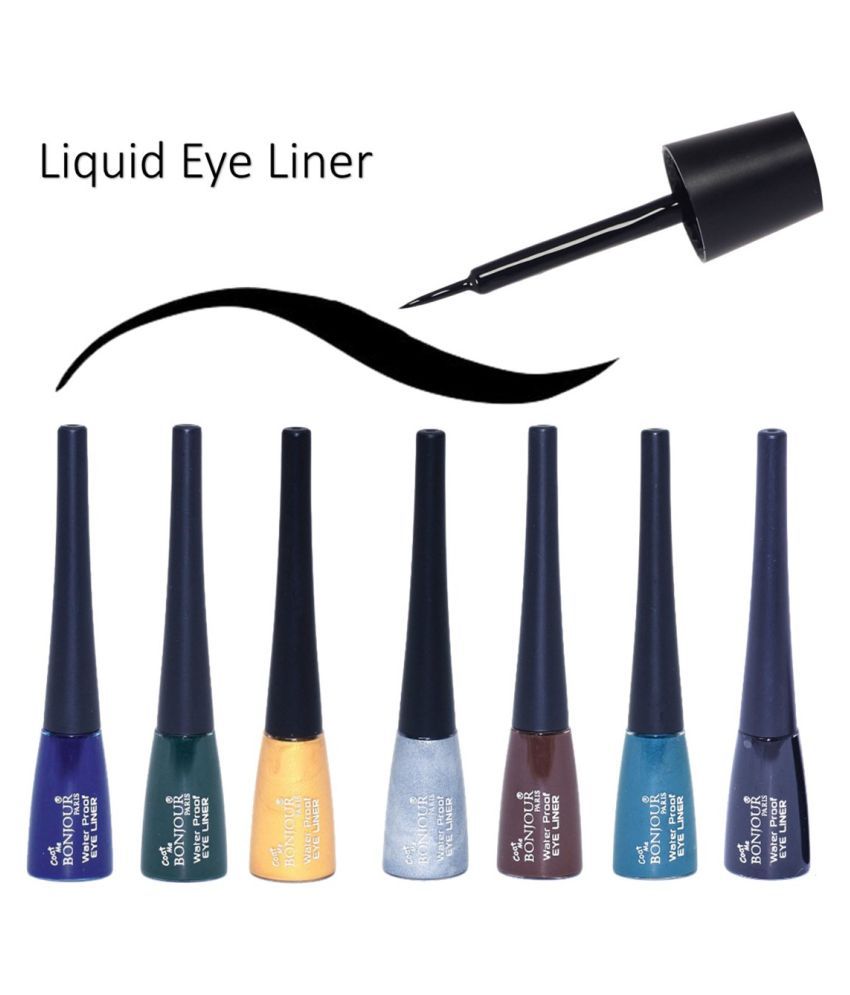

The plan for next week was to work on controller support (for multiple different types of controllers), but I managed to get it completed in less than an hour (thanks to the Rewired system I mentioned above). Added the possibility of disabling player control when text is being written.Added the ability to trigger NPC actions with a delay.Added horizontal and vertical physics blocks.Improved liquid and climbing particle effects.Switched to using the Rewired input system and added controller support.Here’s some of the more interesting changes: There weren’t really any significant big new things added this week. Gaming game development gamedev indie indiedev cats are liquid catsareliquid polymap Psst! If you want more frequent mini-progress updates, you should follow on Twitter. I have some ideas, but nothing concrete yet. I’m still not quite certain how world sharing on mobile would work. On the itch.io version (and Steam version as well, if you don’t want to use the Workshop), you can share worlds by zipping up the world folder, uploading it to a cloud file storage service (Google Drive, Dropbox, etc) and sharing a link to it. If you’re playing the Steam version of the game you can then upload those worlds to the Steam Workshop. You’ll be able to make your own worlds, each containing however many rooms you want. Sharing maps with other people is also really easy with this system.

So if you want to mess around the maps that way (going beyond the limits and restrictions of the in-game editor) you can totally do that. Something I think some tinkerers will like is that the PolyMap’s polymap.data file for each room is just a (semi-human-readable™) JSON-file.

The controls for editing shapes/items also make more sense and don’t randomly glitch out anymore.
Liquid notes app code#
The code has been simplified and refactored. So instead of making individual spikes and positioning them manually, you can just use a line and the spikes get placed and rotated automatically. These work the same way as the shapes, and are currently primarily used for spikes or other objects that need to be repeated along a set path. (On large maps and/or low-end computers, the switch might take between one to two seconds.) You can just press the TAB-key (or click the button in the top right corner) and the switch is practically instantaneous. Going between editing/playing is simple and really fast.The version of the editor used in Loot Snake is older compared to what’s used in Cats are Liquid, so it’s missing some improvements I’ve made.
Liquid notes app for free#
If you want to get a feel for the map system and how it works, you can download the pre-alpha 0.3.0 version Loot Snake for free here, and mess around with it. And all of that was done in the Unity scene editor, so there was no real player-oriented map editor. In case you don’t know: in that game every room was made out of stretched and rotated rectangles. The PolyMap system is multitudes better than the previous method I used to make maps for the previous Cats are Liquid. Items can, for example, be boxes, checkpoints, and other similar items that don’t need to be shapes. The system also has support for items, which are not based on polygons. You can create polygons (shapes), drag the shape or a point that belongs to it around, add/remove points and such. PolyMap is the map system I originally developed for Loot Snake, but which is now also used for the new Cats are Liquid game.Īs the name would suggest, it’s based on 2D polygons. Let’s talk about the fancy new map system.


 0 kommentar(er)
0 kommentar(er)
